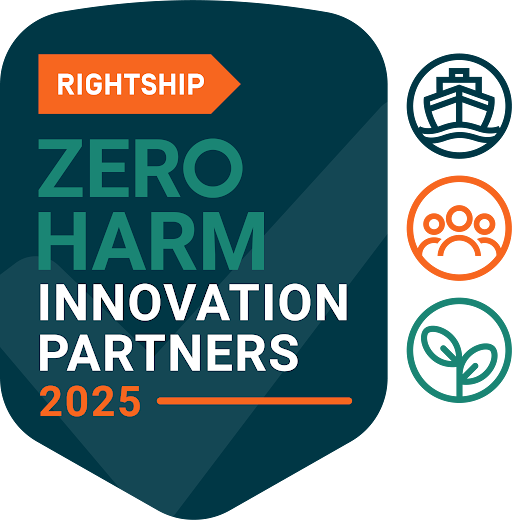1. Introduction: Navigating the Imperative for Lifelong Learning at Sea
The maritime industry, facilitating the vast majority of global trade, operates within a dynamic and complex environment. It faces relentless technological evolution, including automation, digitalization, and the critical shift towards alternative fuels. Concurrently, the sector navigates stringent international regulations for safety and environmental protection, alongside commercial pressures. Central to managing these challenges is the commitment to human safety at sea and protecting the marine environment.
2. Defining Continuous Training in the Maritime Context
Continuous training in the maritime sector goes beyond initial qualifications like a Certificate of Competence (CoC). While a CoC meets baseline requirements at a specific time, the industry's dynamic nature demands ongoing learning to maintain and enhance competence throughout a career, at sea or ashore.
Embracing Lifelong Learning Principles
Scope and Purpose
Spectrum of Training Modalities
3. The Regulatory Backbone: Mandates for Ongoing Competence
Continuous training is anchored in international regulations and industry standards, establishing minimum proficiency expectations and responsibilities.
The STCW Convention: Foundation and Evolution
STCW Refresher Training and Key Amendments
Interaction with Other Key Regulations
Industry Standards (OCIMF TMSA): Reinforcing Continuous Improvement
4. Adapting to Technological Tides: Training for the Digital and Automated Era
The maritime industry's technological transformation (digitalization, automation, alternative fuels) demands continuous training for seafarers to operate safely and effectively.
Navigating with Digital Systems: ECDIS Proficiency and Lessons Learned
Automation and Digitalization: Upskilling for New Operational Realities
The Alternative Fuels Transition: Building New Competencies
Training for Specialized Environments (Polar Code)
5. Enhancing Safety Performance through Continuous Skill Development
Continuous training is key to improving maritime safety by addressing the human element, enhancing emergency preparedness, and fostering a risk management culture.
The Human Element: Mitigating Error Through Targeted Training
Improving Accident Prevention and Emergency Preparedness
Strengthening Risk Management Culture and Practices
6. Boosting Operational Efficiency via Enhanced Crew Competence
Continuous training enhances operational efficiency by optimizing cargo operations, improving vessel maintenance, and driving fuel efficiency.
Optimizing Cargo Handling and Stowage
Improving Vessel Maintenance and Reliability
Driving Fuel Efficiency and Optimizing Voyage Planning
7. Ensuring Environmental Stewardship: Training for Sustainability
Continuous training is indispensable for sustainable maritime operations and compliance with evolving environmental regulations.
Compliance with Evolving Environmental Regulations
Promoting Sustainable Maritime Practices and Environmental Awareness
8. Addressing Human Factors: Beyond Technical Proficiency
Managing human factors is crucial for safety and efficiency. Continuous training develops essential non-technical skills (NTS).
Cultivating Effective Bridge and Engine Room Resource Management (BRM/ERM)
Enhancing Decision-Making, Teamwork, and Communication Skills
Managing Fatigue: Training and Awareness Programs
Building Cyber Resilience: Cybersecurity Awareness and Training
9. Synthesizing the Value: The Holistic Significance of Continuous Maritime Training
Continuous training offers profound, interconnected benefits for individuals, companies, and the industry.
Empowering Individual Seafarers
Strengthening Maritime Companies
Fortifying the Global Maritime Industry
10. Conclusion and Strategic Recommendations
Strategic Recommendations:




